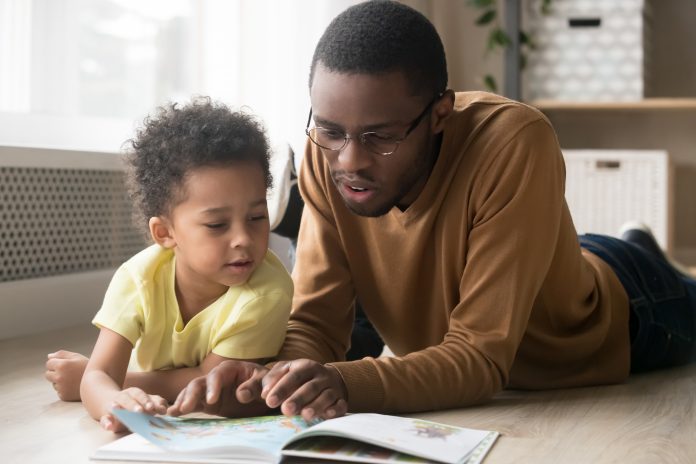Pamela Hanigan and Rachel Gelder, founders of Lancashire Dyslexia Information Guidance and Support (LDIGS), explain how teachers and SENDCos can assess children’s post-lockdown reading development to give the best support to their learning back in the classroom
The blended learning which occurred during the last lockdown has caused challenges for all children, whether working from home or learning in school. When it comes to developing language skills and reading, informal learning around communication and enjoying stories is crucial and children have had a wide variety of experiences.
In its report on the impact of the pandemic, the National Literacy Trust highlighted that children from disadvantaged backgrounds were less likely to be read to at home. Additionally, other challenges could have made it more difficult for parents to support the development of their children’s communication and language skills. Positively, the National Literacy Trust research discovered that just over a third of children read more during lockdown.
COVID-19 and national lockdowns impacted all learners in many ways. How can teachers identify and overcome the difficulties which have emerged? The question to ask, is how educators can find the spark that ignites a love of reading so that children develop this life-enhancing skill and their overall learning? A few simple principles will help create an environment in which children can learn, improve, and succeed.
So, what are they?
Establish a Baseline
Never underestimate the value of educators’ deep understanding of the children they teach. This must be combined with assessment tools to identify where children are in their reading. Care must be taken to appreciate that the needs of those who benefitted from high levels of parental support are as great as those who have fallen behind.
It is important that assessments to establish a child’s baseline are quick, simple, and easy to use. Many schools are using the Lexplore Analytics AI screener, which tracks children’s eye movements when reading, this saves time and is easy to administer.
Enhance well-being
It is widely accepted that the emotional well-being of children is paramount in supporting successful learning.
Studies highlight the critical impact that the pandemic has upon a wide range of people across society, including children. The government has introduced ‘Psychological First Aid Training’ for all those working with children and young people affected by the pandemic (Psychological First Aid). Other resources to support schools develop well-being toolkits include TTS’s booklet (Wellbeing Collection).
Multisensory Learning- Engage the Senses!
If learning can be approached by bombarding all of the senses and involving pupils themselves in their learning, this will ensure they enjoy what they do, and the learning is far more likely to be retained. Many educators already have wonderful ways of doing this. Here are a few of our top tips:
- To embed full knowledge of phonemes and words, use a multisensory approach and encourage children to ‘see it, hear it, feel it, say it’.
- Specialist card games such as TRUGs (https://www.readsuccessfully.com/) are a quick and fun way of overlearning reading and spelling patterns required for successful reading.
- Online word games enhance and support children’s learning: traditional games such as Bananagrams, Boggle and Scrabble Junior can also support social skills.
Read to Succeed!
Nurturing a love of reading is key. The material being read is not the issue; more, that children are reading something. This can be anything from the latest Walliams or Donaldson books, to ‘Lego’ instructions, recipes, magazines, comics, online articles and even television subtitles!
A great way to introduce a child to age-appropriate material is ‘Paired Reading’ with a teacher, TA, parent, or peer. This is probably the most effective way of understanding text, especially for children who think faster than they currently read. The key to this is allowing the child to choose what they wish to read.
Reading can also be about listening. The National Literacy Trust says audiobooks can be a helpful tool, particularly with boys. Children listening and following the text simultaneously, can access even more complex material.
We hope these ideas, alongside the many others educators already have in their toolkit, will help spark the love of reading, giving children access to a vital skill and a lifetime of enjoyment. As one child told the National Literacy Trust: “There’s not really much to do… so I read, and when I do, it makes me feel like I’m in a different place, not stuck inside.”
Rachel Gelder and Pamela Hanigan from LDIGS are the authors of the Lexplore Analytics free Recovery Curriculum Guide to Reading. Download the guide http://bit.ly/LexploreRecoveryReadingGuide.











